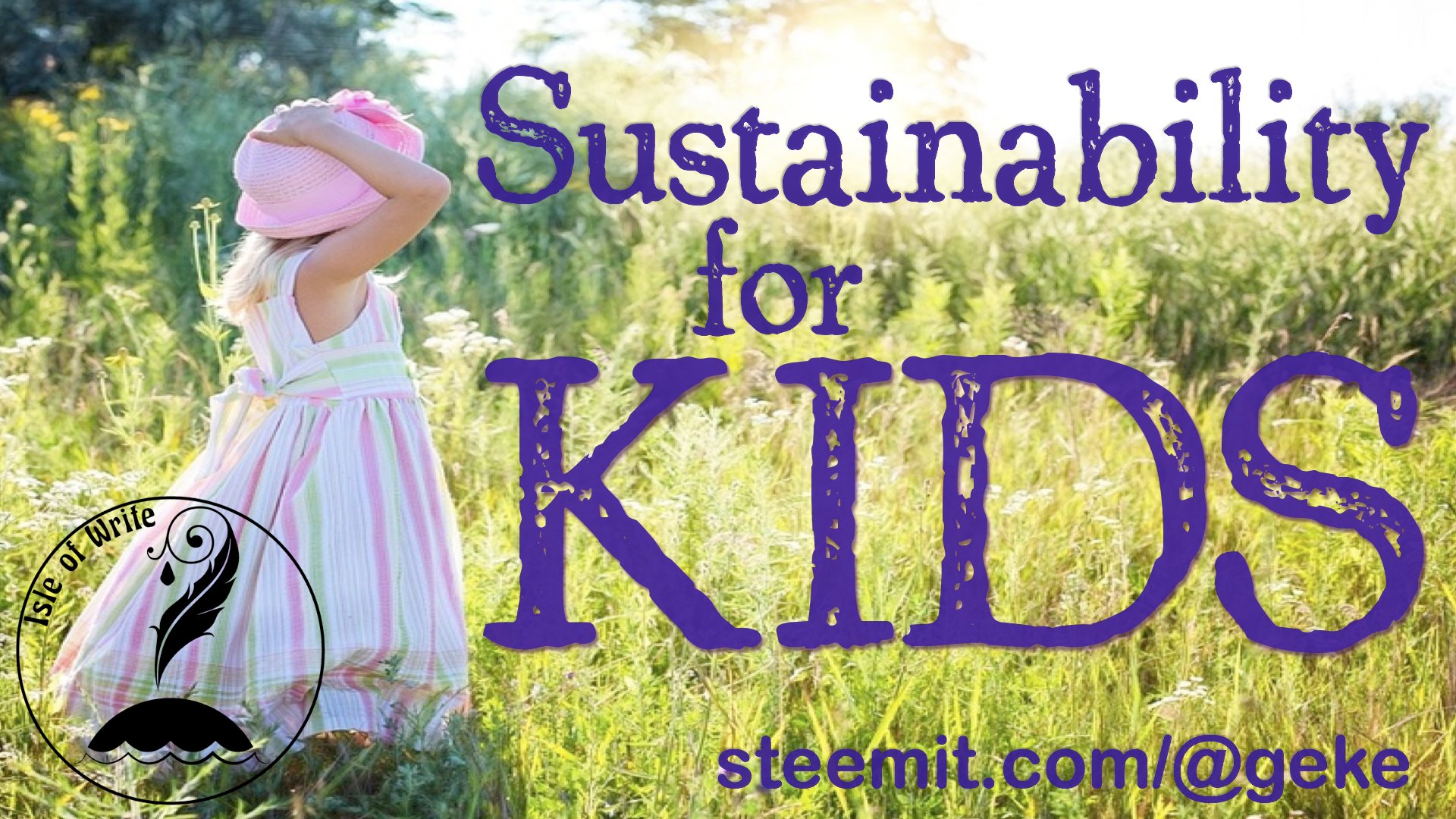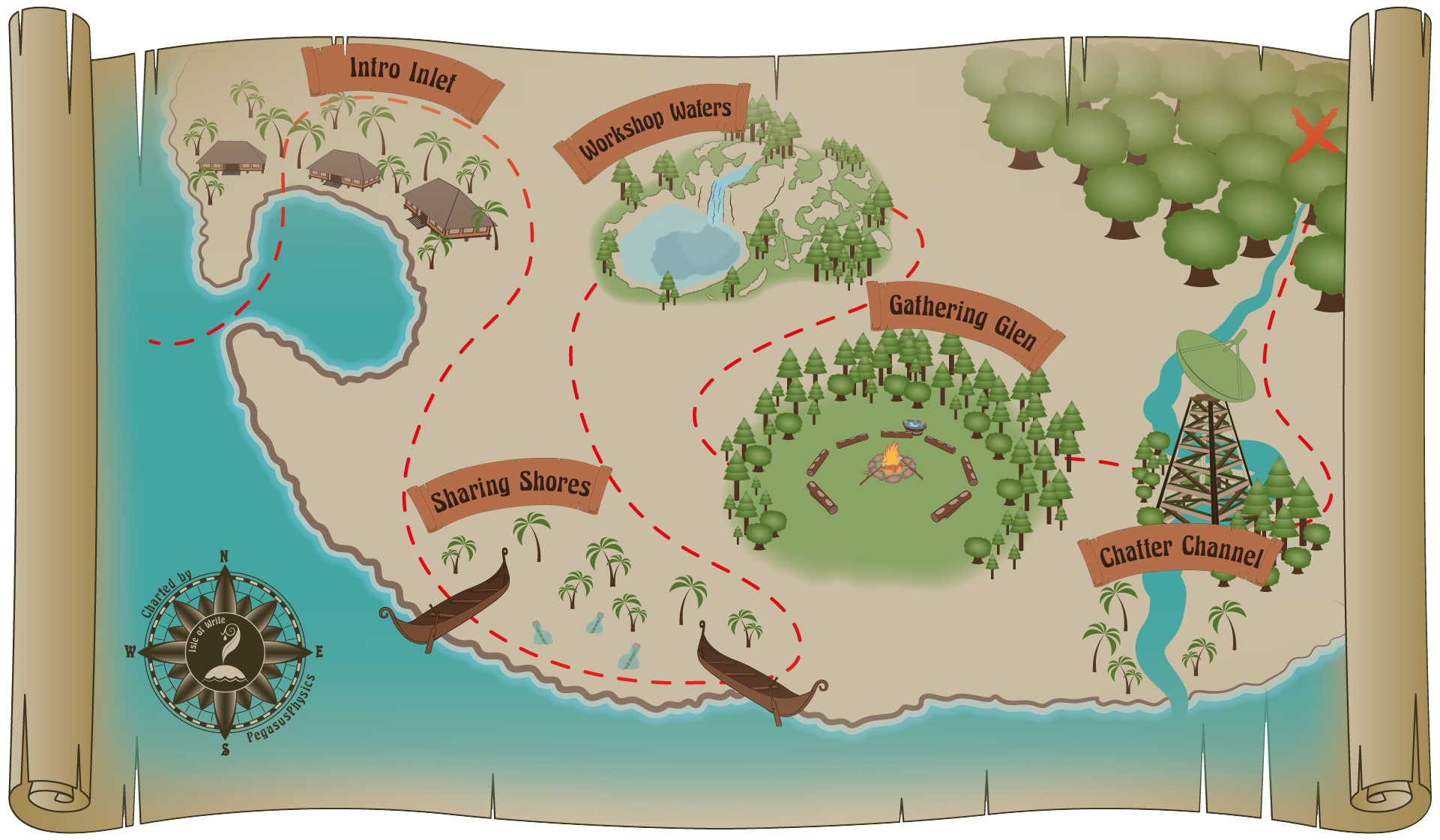
Part 1 | Part 2 | Part 3 | Part 4 | Part 5 | Part 6 | Part 7
Part 8 | Part 9 | Part 10 | Part 11 | Part 12 | Part 13 | Part 14
Part 15 | Part 16 | Part 17 | Part 18 | Part 19 | Part 20 | Part 21
Part 22 | Part 23 | Part 24 | Part 25
Yesterday, we looked at how “proof of stake” (POS) mining was a sustainable alternative to the energy-consuming “proof of work” system. Steem is a POS crypto, and some others include DASH, EOS, NEO, PIVX, NAV Coin, and ReddCoin. But are there other sustainable options for people involved in cryptocurrency?
HydroMiner uses water power to generate electricity for mining and for hardware cooling. Users can get involved either by investing in their tokens, H2O and H3O, or by signing up for cloud mining. NastyMining uses solar and wind energy to power crypto transactions. And the Harvest Project is using wind energy to mine crypto that will be used to fund climate change research.
There are also a few coins designed to encourage sustainable practices.
SolarCoin is a crypto providing incentive to produce solar energy. According to its website, SolarCoin was created “to support the transition from the fossil-fuel economy towards a solar-backed economy.” Wikipedia reports that SolarCoin mining is 50 times more energy efficient than bitcoin mining. In 2014, SolarCoin switched from a proof-of-work mining system to one of proof-of-stake-time, but at this point, mining of SolarCoin is bound to solar power production, where one SolarCoin represents 1 MWh of solar electricity generation. SolarCoin has been recognized by the International Renewable Energy Agency, making it the world's first cryptocurrency to be recognized by an international, intergovernmental organization.
ECO coin, created by the Next Nature Network, will also attempt to encourage environmental activity by paying people behaving sustainably with ECO. The NNN describes it as expressing environmental value, and asks, “Would the rain forest still be destroyed if we could pay people to let the trees stand?”
Finally, the Chia Network, a project of BitTorrent coder Bram Cohen, will launch a coin that solves the energy suck of proof of work with a proof of storage and time system, using storage space on hard drives to verify transactions on the blockchain. Miners of the Chia coin will be called “farmers.” A few early sales of the Chia token will happen in Q2 of 2018, with a full launch later in the year.
So even though cryptocurrency started as a large consumer of energy, blockchain technology may end up solving various environmental problems and producing more sustainable behaviors.
Beyond just solving individual environmental problems, though, some people believe that environmental sustainability will require blockchain governance. We'll explore more about that idea next time.
This article is one of a series I'm writing for the 30 Day Writing Challenge hosted by @dragosroua. If you want to join, write on a topic that interests you or that you'd like to learn more about and use the tag #challenge30days. As Dragos says, "The key word sequence here is: "write every day."

Think you'd like to wash up on our shore?
The treasure map will bring you right to our door!


